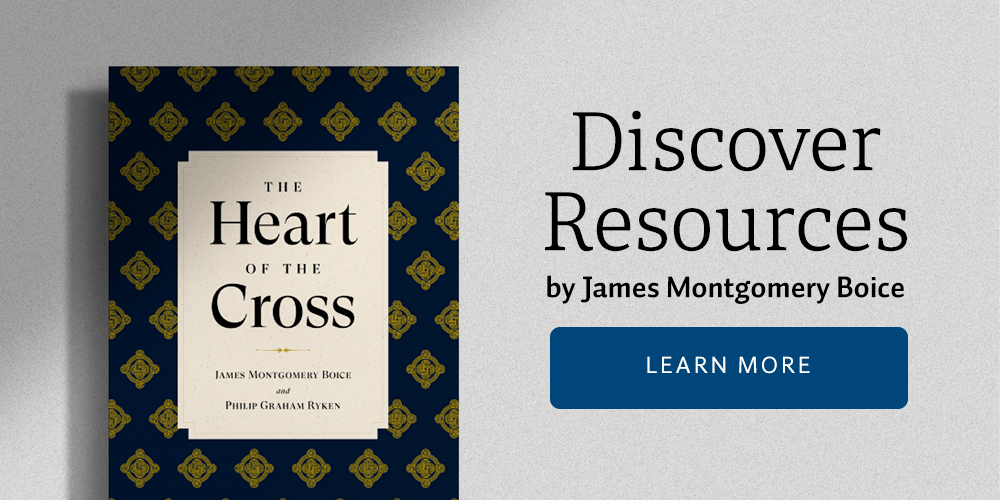Here we learn where this pattern of complaining leads. You may begin by complaining in a mild way, but when you get into a complaining frame of mind, there is a tendency to exaggerate the difficulties, which get worse and worse every time you mention them. And the more you complain, the more and more vehement you become in what you say. (That’s a bad way to pray, by the way.)
What happens is that God sends judgment upon them in the form of these “fiery,” that is, venomous, snakes. The word in the Hebrew does mean “burning and fiery,” referring to what happened when they bit you. Venom got into your blood and began to burn, and many of them died.
The people had learned by this time that it’s always good to acknowledge that you’ve done something wrong. So they confess they have sinned, and Moses did what he always does and prays for the people.
God told Moses that he is to make this snake out of bronze and put it up on a pole. God then promised that if anybody who is bitten by a snake will look to the bronze snake up on the pole, he will be cured of the snake bite.
Of all the things that Moses might have been told by God to do, this is certainly one of the most bizarre. The commentator Ronald B. Allen examined what snakes symbolized in ancient cultures, and he says that this is one of the strangest things you could possibly expect. He gives three reasons for this.1
First, the people had been told by God that they were not to make images, especially ones that could be associated with the worship of other gods. The bronze serpent did not represent God, but it did have religious overtones and could easily become a talisman of some sort. In fact, this is what happened. Years later, the bronze snake was still around, and King Hezekiah had to destroy it because people were worshipping it as something that was holy and miraculous in itself (see 2 Kings 18:4). The people had been told not to make images, precisely because of this temptation to worship them. Yet here Moses was told to make this serpent.
Second, Allen said that snakes are feared and detested by most peoples in a wide variety of cultures. To put something that you fear and detest is a very strange thing to do.
Third, in biblical literature a snake is frequently associated with Satan. In Genesis, when our first parents were tempted by the devil, he came in the form of a serpent. Also, at the very end of the Bible, Revelation contains a reference to that great serpent who is Satan (see Rev. 12:9). With the story of Moses and the bronze serpent, the snake on the pole didn’t symbolize Satan, but it was a strange source of cure.
As Allen writes: “With all these factors in view, now we think again of the enormity of what Moses was asked to do, of the taboos he was asked to break. This is not unlike Peter being told to kill and eat food that he regarded as unclean (Acts 10). The people had called the bread from heaven detestable. Moses is commanded of God to make an image of something truly detestable in their culture and to hold that high on a pole as their only means of deliverance from disease. Only those who looked at the image of the snake would survive the venom that coursed through their bodies. This is an extraordinary act of cultural shock.”2
This is an exceptionally daring use of potent symbolism. Yet the healing wasn’t from the serpent itself. It was just a way of getting through to them that their state was absolutely desperate, and if they were going to be saved it was going to be by the grace of God.
When Jesus referred to the snake being lifted up on a pole, He was using it as an image of Himself. He was saying, “When I am lifted up on the cross to die for sinners, I will be the one source of salvation, just as people were only saved in Moses’ day by looking at the snake when they were bitten.” When you think of the cross and you look at it from the viewpoint outside Christianity, it seems absurd. How can the death of one man being crucified on a cross two thousand years ago possibly be the means by which God saves the world? To the unsaved person, that sounds like the most foolish thing of all—even detestable. What could be attractive about a naked man hanging on a cross, bleeding and dying? That is a revolting sight, yet it’s the very power of God unto salvation.
1See Ronald B. Allen, “Numbers,” in The Expositor’s Bible Commentary, gen. ed. Frank E. Gaebelein, vol. 2, Genesis-Numbers (Grand Rapids, MI: Zondervan, 1990), 877.






